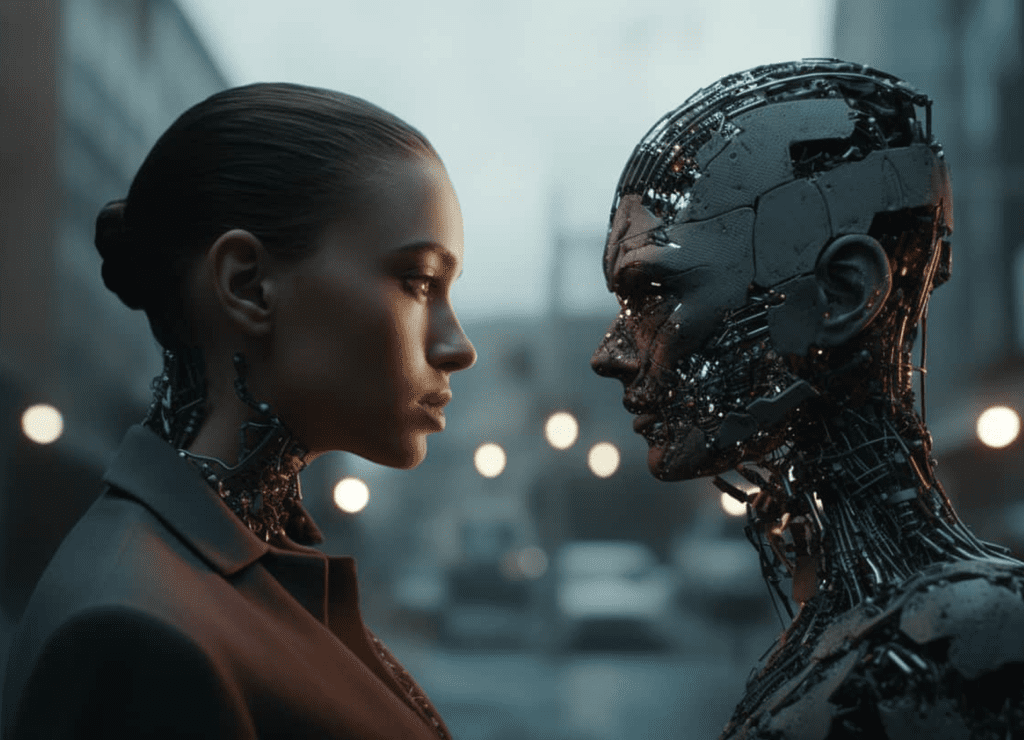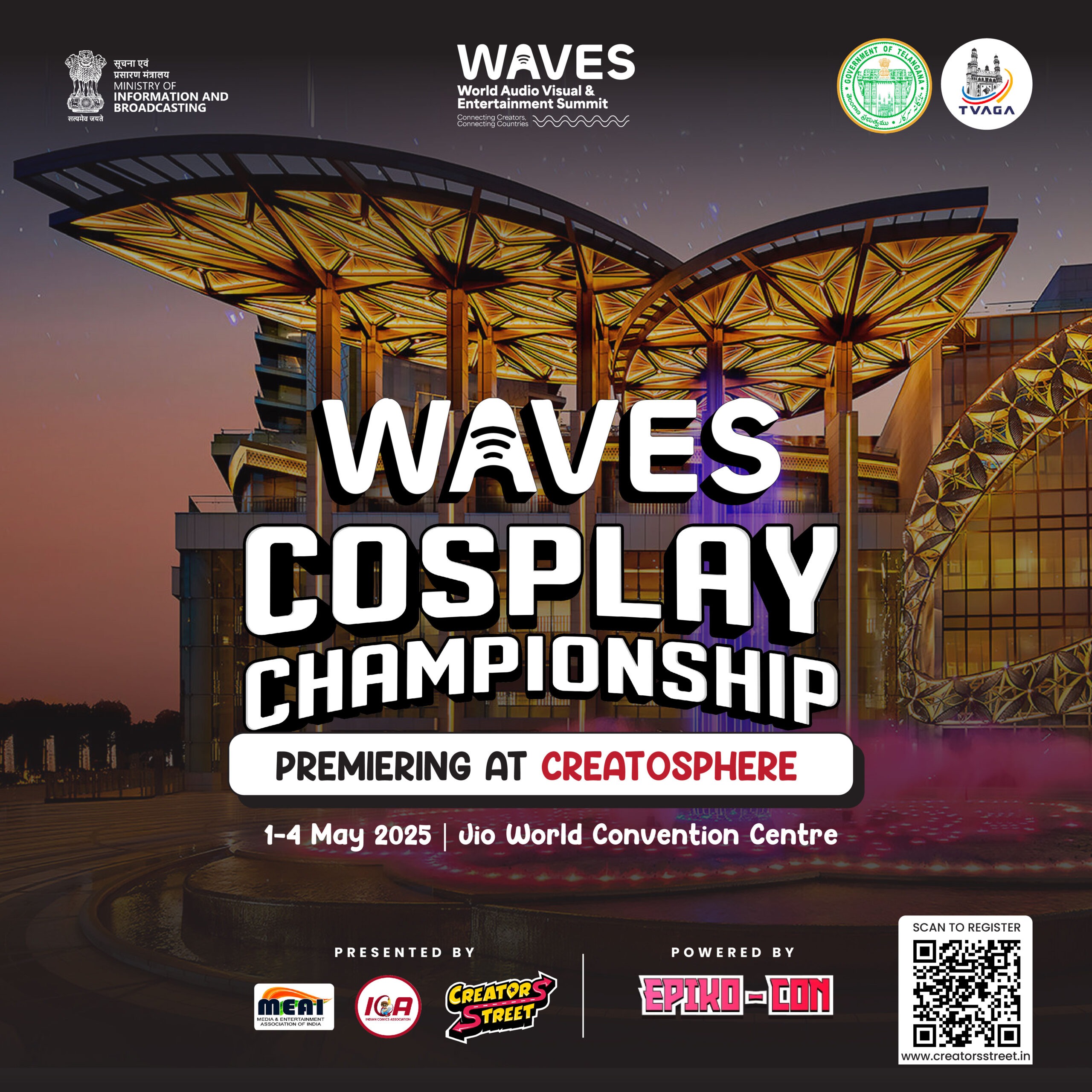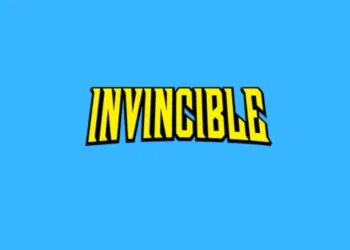Modern visual effects (VFX) have reached a level of sophistication where the line between reality and illusion is almost imperceptible. From de-aging iconic actors to constructing breathtaking, entirely computer-generated worlds, today’s VFX techniques showcase a seamless blend of artistry and cutting-edge technology. But what goes into crafting these hyper-realistic illusions, and how are they shaping the future of visual storytelling?
One of the most revolutionary tools in the VFX artist’s arsenal is the Unreal Engine, originally developed for gaming but now a powerhouse in filmmaking. Its real-time rendering capabilities allow creators to visualize scenes instantly, reducing production time and enabling unprecedented levels of realism. Similarly, software like Houdini specializes in procedural generation, making it possible to simulate complex phenomena such as explosions, water dynamics, and even crowds with unparalleled detail.
De-aging technology is among the most striking applications of modern VFX, gaining widespread attention in films like The Irishman. By mapping actors’ facial features and applying advanced algorithms, VFX artists can make characters appear decades younger, without the need for extensive makeup or prosthetics. This technique, while fascinating, also raises ethical questions about the authenticity of performances and the potential misuse of such technology.
The creation of entire virtual environments has become another cornerstone of contemporary VFX. Through techniques like photogrammetry and motion capture, filmmakers can recreate real-world locations or invent entirely new ones with stunning accuracy. This was exemplified in movies like Avatar and Dune, where digital landscapes seamlessly merged with live-action footage to immerse audiences in otherworldly settings.

A significant driver behind the advancements in VFX is the integration of AI and machine learning. These technologies are transforming how effects are created, from automating time-intensive tasks to generating realistic textures and lighting. For instance, AI can analyze real-world footage to develop lifelike animations, saving countless hours of manual labor. Machine learning also enables artists to refine details, ensuring that every pixel aligns with the director’s vision.
Despite these advancements, the success of VFX lies not just in technology but also in the artistic vision of its creators. Every frame is meticulously crafted, with an emphasis on storytelling and emotional resonance. A well-executed effect is one that serves the narrative, enhancing the audience’s experience without drawing attention to itself. Whether it’s the subtle shimmer of a dragon’s scales or the intricate details of a futuristic cityscape, the artistry behind VFX is what makes it truly remarkable.
The increasing realism of VFX, however, poses a fascinating challenge: how do audiences distinguish between what’s real and what’s fake? This blurring of lines can enhance storytelling but also leads to debates about authenticity in cinema. When digital doubles replace live actors or entire scenes are created in post-production, some critics question whether the heart of filmmaking is being overshadowed by technology.
As these techniques continue to evolve, they are democratizing the filmmaking process. High-quality VFX is no longer limited to big-budget blockbusters; independent creators and smaller studios are leveraging tools like Blender and After Effects to produce visually stunning content. The accessibility of these technologies is fostering a new wave of creative storytelling, allowing diverse voices to experiment with visuals that were once out of reach.
Looking ahead, the future of VFX holds exciting possibilities. As virtual production becomes mainstream, filmmakers can shoot scenes in dynamic, real-time digital environments, as seen in The Mandalorian. Advances in volumetric capture and holography could soon revolutionize how stories are told, blending physical and virtual worlds in ways we can only imagine.
In conclusion, modern VFX is more than just a technological marvel; it’s a testament to human creativity and innovation. By pushing the boundaries of what’s possible, these techniques are transforming the way stories are crafted and experienced. Whether you’re watching a superhero soar through the skies or exploring an alien world, remember: the magic of VFX lies in making you believe in the impossible—if only for a moment.










